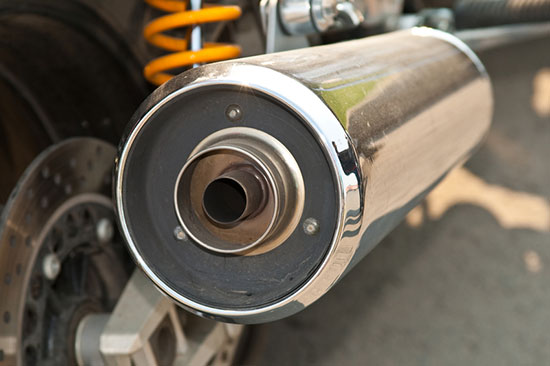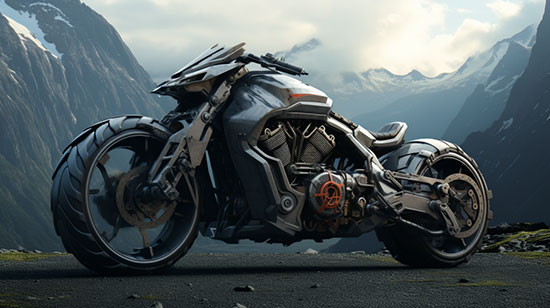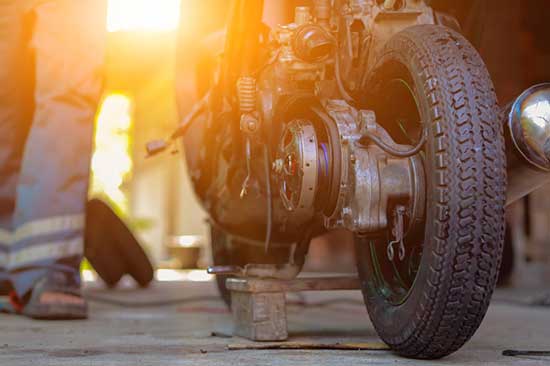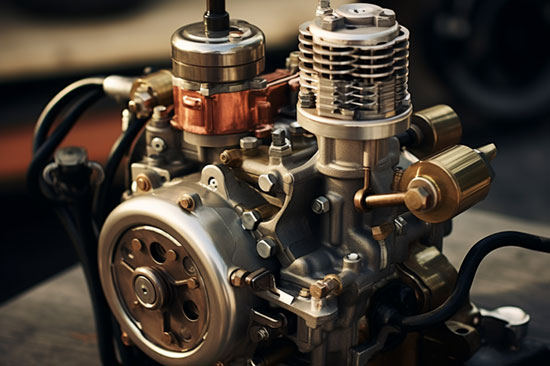The thrill of riding a motorcycle is unmatched by any other mode of transportation. The sense of freedom and control that comes with the wind in your face and the rush of adrenaline is what attracts so many people to the experience.
However, one of the common misconceptions about motorcycle riding is that it’s easy to stall your bike at high speeds, causing serious accidents. Is this true? Let’s find out.
Contents
Stalling a Motorcycle: An Explanation
Before we dive into high speeds, let’s first talk about what it means to “stall” a motorcycle. In simple terms, stalling happens when the engine stops running due to a loss of momentum.
It’s a common occurrence among new riders who are still learning to balance the throttle and clutch.
Stalling usually occurs when you release the clutch too quickly before the throttle has had a chance to engage properly.
This can cause the bike to lurch forward before the engine stalls abruptly. Stalling at low speeds is relatively harmless and happens quite frequently, but what about high speeds?
High-Speed Motorcycling: The Risks Involved
High-speed motorcycling is a thrilling experience that requires a certain level of skill and experience.
However, it’s also one of the riskier endeavors one can undertake on a motorcycle. There’s a reason why professional racers go through extensive training before they’re allowed to compete.
When you’re traveling at high speeds, a small mistake can quickly turn into a deadly accident. Losing control of your motorcycle, whether due to stalling or other reasons, can have catastrophic consequences.
It’s essential to understand the risks involved and take the necessary precautions before heading out on a high-speed ride.
The Myth of Stalling a Motorcycle at High Speeds
Now, let’s come back to the question at hand – can you stall a motorcycle at high speeds? The answer is a bit complicated.
In general, it’s not easy to stall a motorcycle when you’re traveling at high speeds. There are a few reasons for this.
- Momentum: When you’re traveling at high speeds, your motorcycle has momentum working in its favor. This momentum is what keeps the engine engaged and prevents it from stalling due to a momentary loss of power. It’s similar to how a car engine keeps running even if you put it in neutral while it’s still moving.
- Throttle: When you’re riding at high speeds, the throttle is your friend. Even if you experience a slight loss of power, you can quickly adjust the throttle to compensate and keep your engine engaged. As long as you’re conscious and alert, you’ll be able to react quickly enough to prevent stalling at high speeds.
Preventing Stalling at High Speeds
While stalling at high speeds is relatively rare, it’s not impossible. There’s always a risk involved when you’re traveling at high speeds, and it’s crucial to understand how to prevent stalling in case it does happen. Here are a few tips that can help:
- Pay Attention: Staying alert and conscious is the best way to prevent accidents. Keep your eyes on the road, your hands on the handlebars, and your mind focused on the task at hand. Even a momentary lapse in concentration can lead to disastrous consequences.
- Maintenance: The best way to ensure that your motorcycle runs smoothly is by keeping it well-maintained. Regular tune-ups and inspections can go a long way in preventing unexpected stalls while you’re on the road.
- Practice: As with any skill, practice makes perfect. Spend some time honing your skills in a safe and controlled environment before heading out on high-speed rides. This will help build your confidence and prevent any unnecessary accidents.
Conclusion
Stalling a motorcycle at high speeds is not an easy feat, but it’s not impossible either. While most riders will never experience it, it’s essential to understand the risks involved and take the necessary precautions to prevent accidents.
By staying alert, keeping your motorcycle well-maintained, and practicing your skills, you can enjoy the thrill of high-speed motorcycling while minimizing the risks involved. Remember, safety should always come first.






